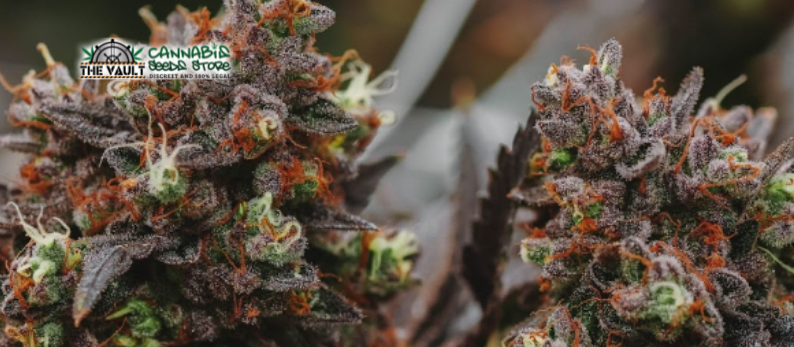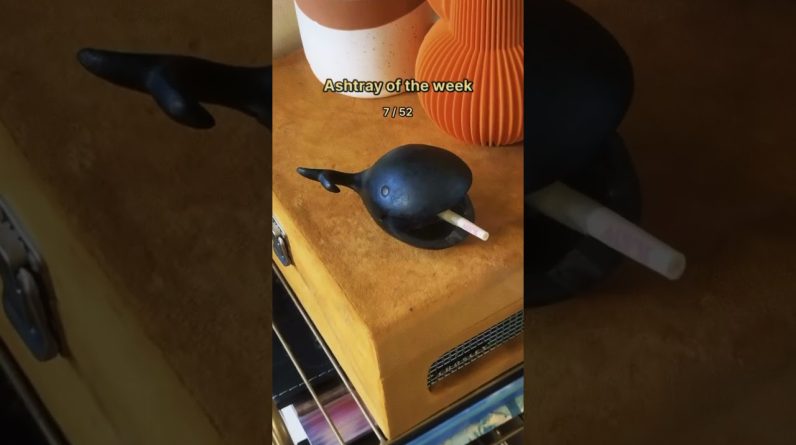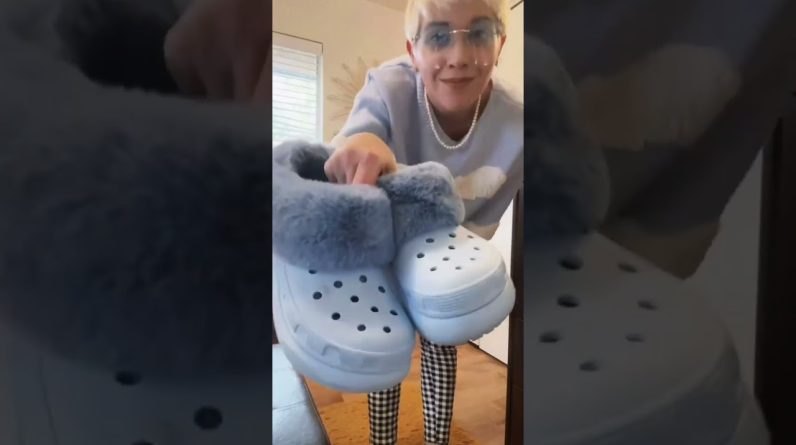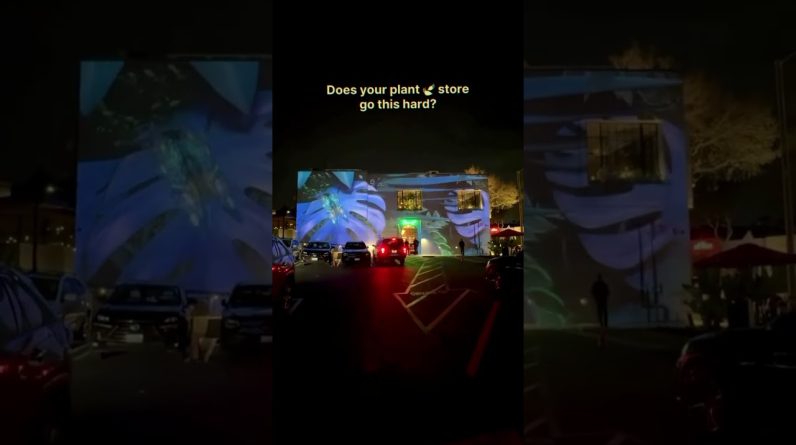
Most growers have become used to removing the male plants from their crops or just use feminised seeds to avoid them all together. Unless you are planning on breeding your own brand new baby plants the males can mess things up for you. This is because they produce male pollen that fertilises the female buds to create seeds instead of usable buds. However, for those of you who do want to breed you can’t just be letting your boys knock up any old plant and completely ruin your harvest while producing less than great seeds. For structured breeding there are a few different things you need to know about pollen collection and use as well as identifying your fellas.
Finding The Males
If you want to breed and so have purchased regular seeds you’re going to need to be able to identify the male plants. If you are a learned breeder or grower you shouldn’t have too much trouble. If you’re not then you’re just going to have to be extra careful checking your plants. The easiest way to find your male plants is to have a good peek at their flowers. Unlike the females they will start to produce little pollen sacks around their flowers as they get ready for making babies. You can usually see them around the nodes and the end of the branches so you shouldn’t have too much trouble. It is possible to end up with hermaphroditic plants that develop both sex organs as well so keep an eye out for that.
Getting The Pollen
Once you have identified and separated your males of hermaphroditic plants it’s time to collect that sweet pollen. This is an extremely delicate and tricky process so you’re going to have to be very careful. If even one grain of pollen reaches a female that’s you lost a smokable plant. If you have already separated them, that’s a great start. If you are growing indoors then make sure you’ve turned the ventilation and fans off, that you take off your disposable gloves before handling females and change your clothes between visiting the males and the females.
When it comes to actual collection there are a couple of ways that you can go about it.
First you can wait for the sacs to start opening ready to spread the pollen. Then you very carefully remove them from the plant and leave them to dry. Usually it’s a good idea to put them on some foil or greaseproof paper as they will be a bit sticky. We then pop the sacks into a ziplock bag, give it a little shake to get the pollen out and remove the external material with some fine tweezers.
If you don’t want to do any of that you can just carefully place the bag over the plant itself when the sacks start to open. You then just seal the bag around the stem and give it a wee shake. Personally the only thing that worries me with this method is you have a higher potential of pollen escaping or falling out when removing the back, especially if this is your first time. The first method may take a little more time but honestly it’s the one I would suggest.
Storing the Pollen
Now that you have the pollen in your lovely pollen bag you need to store it carefully to make sure it’s in good working order. Pollen is extremely sensitive to light as well as moisture so store it in a dry cool place just like you would with weed. A tip I often give for weed storage is using silica packets to keep it nice and dry, this also works if you are storing pollen. Honestly if you are harvesting in advance and want to store it for a couple of weeks it’s best to keep it in the fridge. Technically pollen can last a few months in the fridge and if you want to keep some back for next time you can whack it in the freezer where it should be safe for about a year.
Making Seeds
Finally, it’s time to actually make yourself some little baby plants. Honestly, this part is extremely easy and you just need to make sure that you prep everything correctly. First you need to choose a female with exemplary genetics to continue your cannabis line. Then make sure she is separated from your productive plants so you don’t accidentally get any pollen on them. If you are just fertilising one plant remove a small amount of the pollen and leave the rest in storage. If you mess around with the temperature of the stored pollen it could go a bit wonky.
You need to leave the pollen you are going to use out for 12 – 24 hours to ensure it’s not at all moist, sticky, cold, whatever might make it not attach to the female flowers. You can apply the pollen in a few ways, personally I like the paintbrush because it feels a lot more artsy and practical. You want your female to be about 3 weeks into her flowering cycle. Then you can have a little look around the female for the sites where her buds are forming. Usually they will be shown by a couple of white hairs around where the stem meets the leaves. Grab your paint brush, carefully dip it into the pollen and brush it onto these sites.
This is basically how you use pollen to fertilise your female plant to get your own crop of seeds. Of course, there is a lot more that we could cover when it comes to feminised breeding as well as fertilising autoflowering plants. However, for beginners hopefully this should tell you everything you need to know for basic breeding. I’ll leave you with the main points. Be super careful so you don’t ruin your female crop, take care of your pollen, and be very delicate brushing the bud sites of your fertilising female.
Written by Tasha Porritt
Newsletter Sign Up
Make sure you never miss another Vault promo – sign up for our newsletter at https://www.cannabis-seeds-store.co.uk/the-vault-newsletter
Remember: It is illegal to germinate cannabis seeds in many countries including the UK. It is our duty to inform you of this fact and to urge you to obey all of your local laws to the letter. The Vault only ever sells or sends out seeds for souvenir, collection or novelty purposes.
Photo by GreenForce Staffing on Unsplash
The post What’s The Point In Pollen? first appeared on Cannabis Seeds News.
Source: https://www.cannabis-seeds-store.co.uk/Cannabis-Seeds-News/whats-the-point-in-pollen





